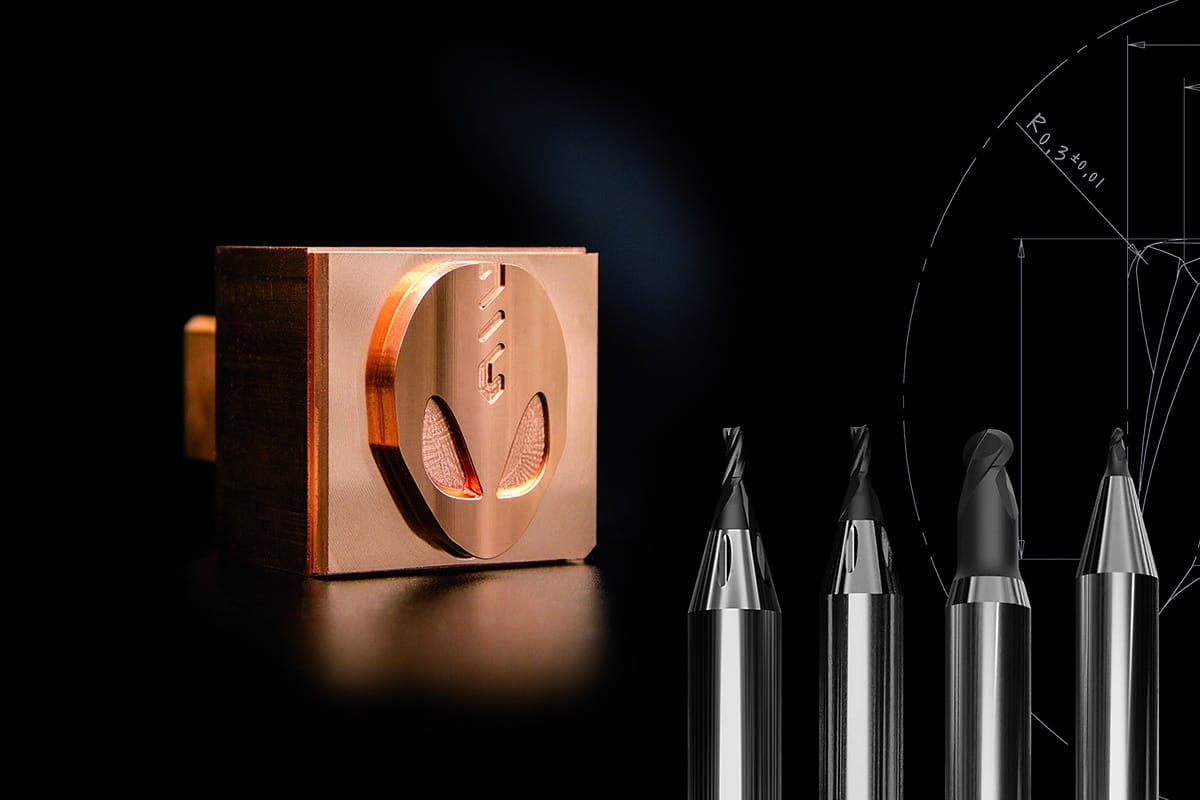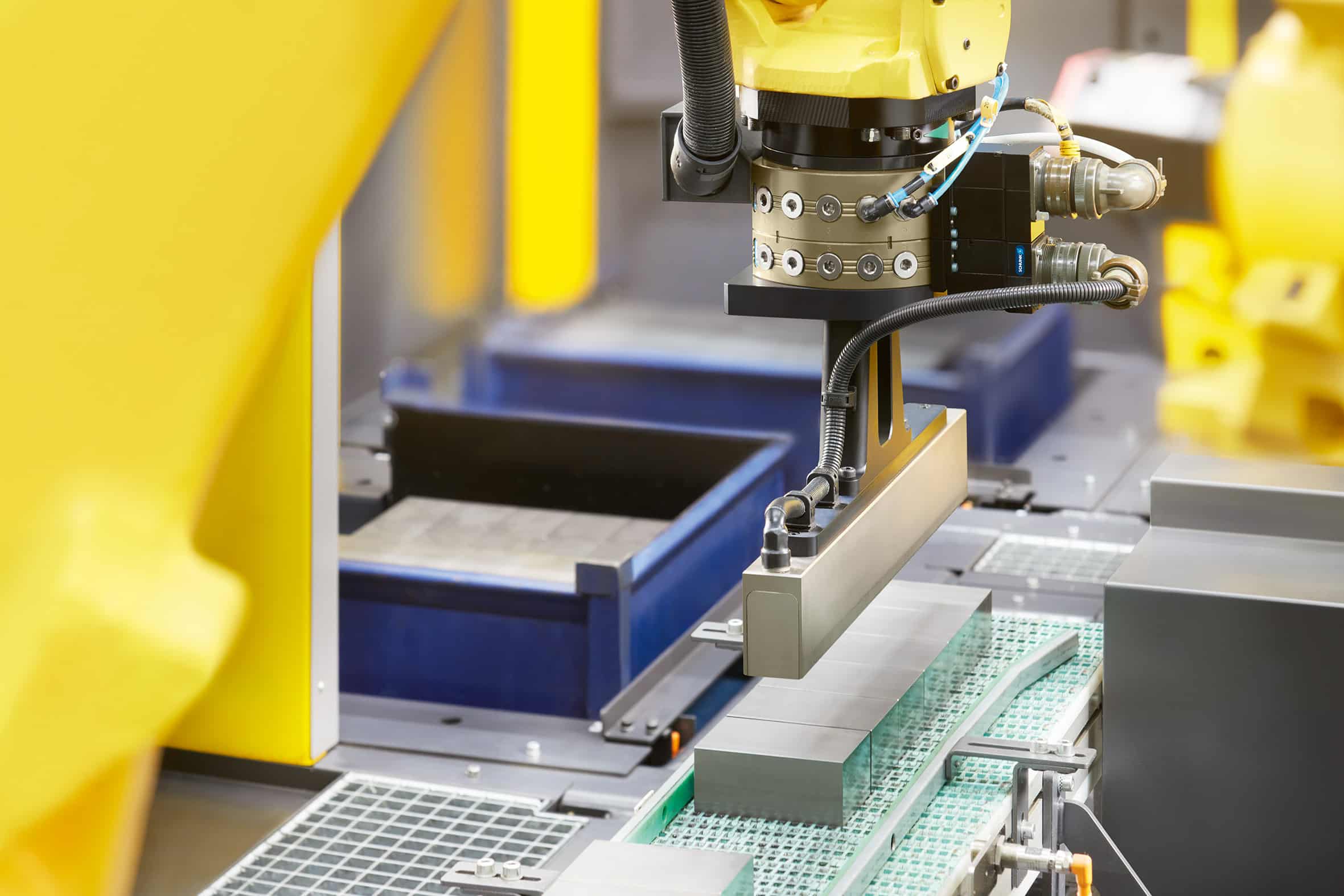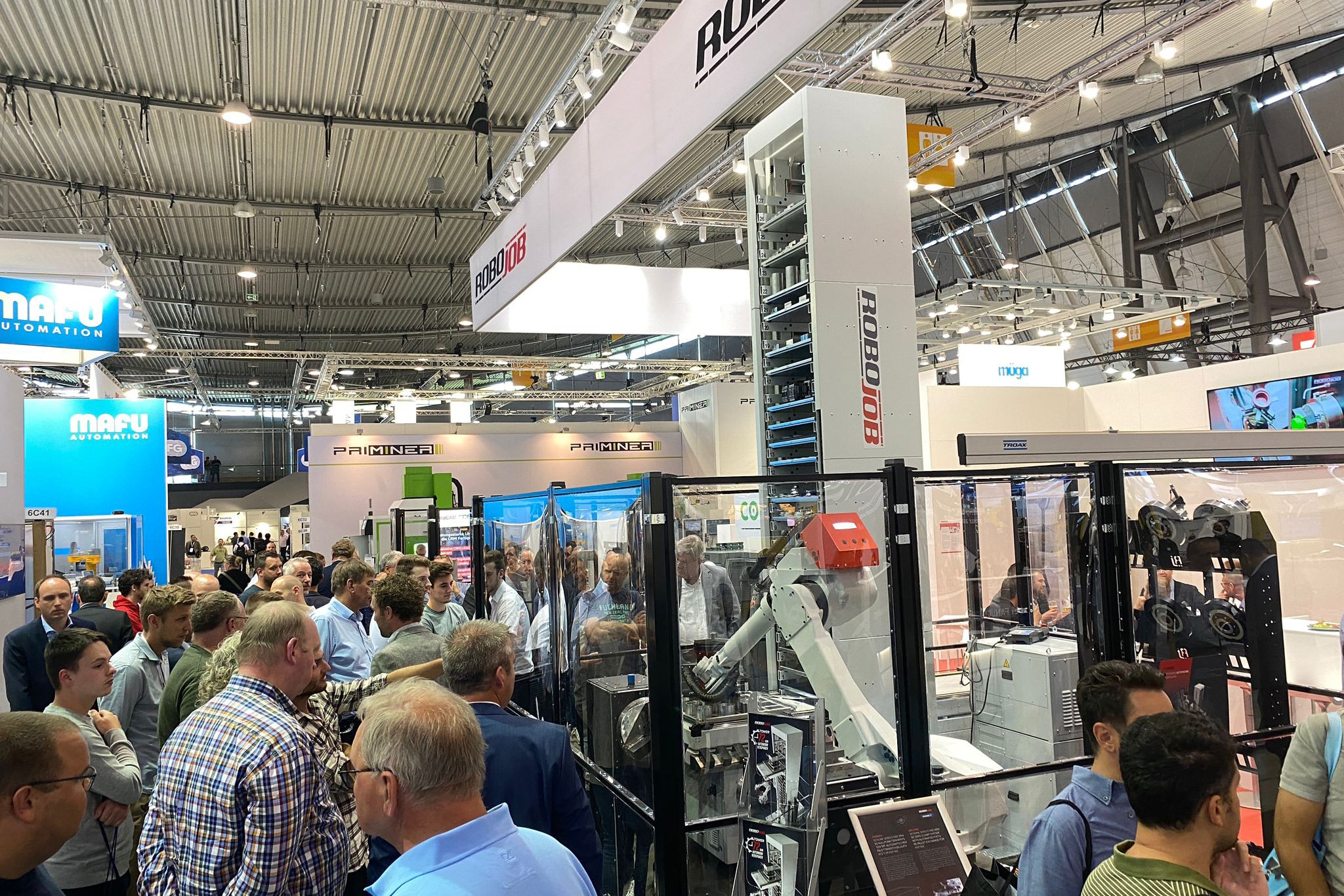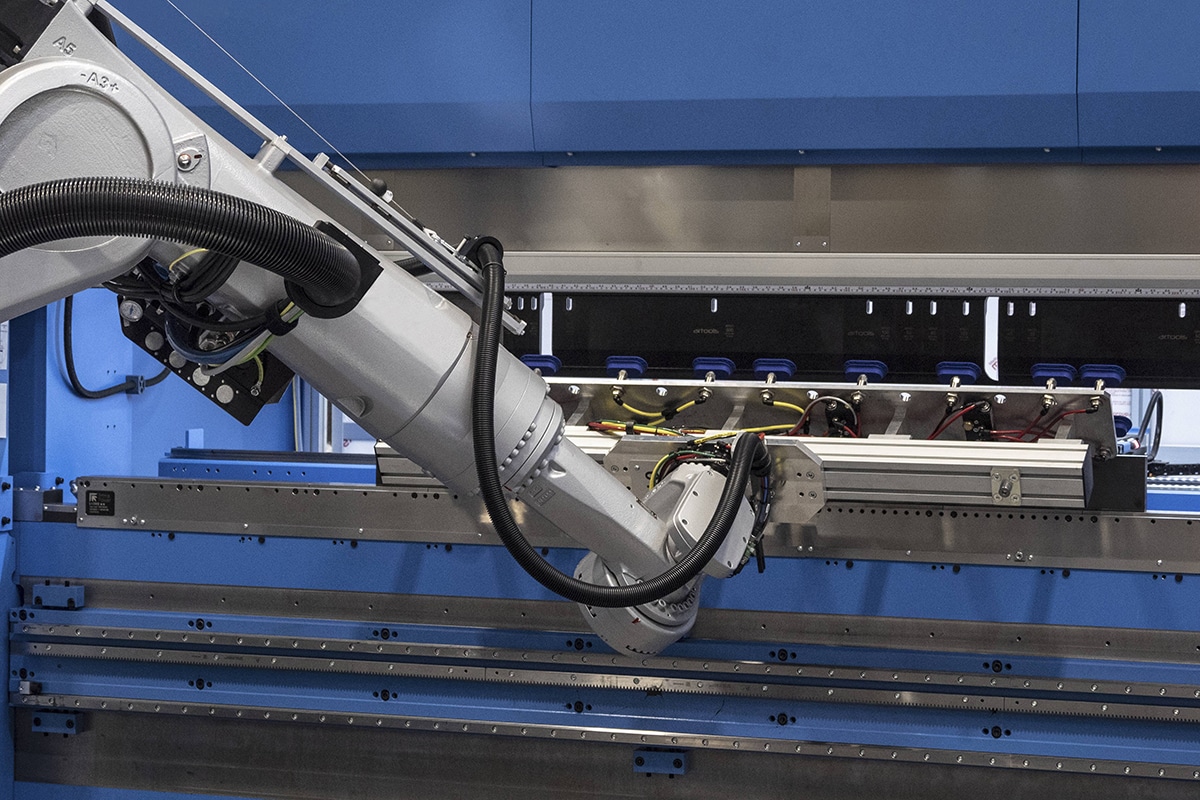
What happens in laser cutting?
The beginning of the year is always a good time to look ahead. Soon you will be able to see for yourself the latest sheet metal working technology at Machineering, but we are happy to already give you the insights into what is going on in the laser cutting machine market. After all, laser cutting machines remain "the weapon of choice" for most metalworkers to get their pieces cut to size. What trends can we expect to see at the show? A preview.
The bigger, the better. The sheet sizes preferred by the industry are getting bigger. Inevitably, the machines used to process them must also have larger cutting tables. With the flatbed laser cutting machines, models up to 8 m long and 2.5 m wide are now available. In custom work, it may even be one size more, and there too, the frequency in that kind of project is increasing. The demand for larger plates has always been there. But now there is also enough volume behind it to justify the investment cost in larger machines. It ties in with the trend toward larger, seamless material surfaces, for example, for the construction or shipping industry. After all, that leads to less welding and more opportunities for prefabrication. At the same time, internally it offers the opportunity to achieve more efficient nesting. Win-win, in other words.

More variations in the laser beam
In recent years, a lot of technology has been added, allowing users to tailor the laser beam to the material in question that came onto the table. Each manufacturer has its own patented technology and name for it, but the bottom line in each case is that one can lay down focal points of different sizes, creating a beam with an inner and outer core, both of which can be adjusted in intensity. This has proven to be a very useful tool for penetrating thick materials with a very focused beam and then, by sending power to the outer core, slowly pulling that open to a cut of sufficient size.
An interesting technique for thicker materials, certainly, but equally so for materials that are otherwise less easy to cut, such as mild steel. It broadened the playing field of laser cutting technology even further. Especially for the construction industry to cut slots in profile beams for easy assembly like a Meccano structure. There is even talk of developing systems to bring this technology to the job site.
Race in power
The trend that anyone active in laser cutting could have added to this list is the increasing demand for more power. Laser sources are becoming more powerful. There are already systems on the market that are rounding the 20 kW mark. The why is obvious: They allow higher productivity, especially when working with thicker materials. Meanwhile, laser cutting machines can even go up to 50 mm thickness.
Still, the end of the race seems quietly in sight. For some time now, it is no longer the cutting that is the bottleneck; it is now about being able to remove the pieces from the skeleton and the table just as quickly. So while the bulk of materials that pass on the cutting table are limited in thickness, there is certainly no need to go to the extreme in power. After all, the race of the past few years has ensured that the medium powers (8 to 12 kW) have now become a lot more affordable. Quite a bit has gone off the price, so that those who need an 8 kW laser can now probably already afford a 12 kW. And then again, the gains in productivity and flexibility are interesting.

Smarter optical technology
Not only have laser sources undergone this evolution toward more power and less cost, the same is true of the optical technology hidden in laser cutting machines. Think primarily of the laser cutting heads. There, too, we are now talking higher powers on average. The standard is pretty much around 15 to 16 kW. This ensures that when a lot of power is needed in thicker material, it can actually be extracted from the machine.
Intelligence has also been added to laser cutting heads in recent years. The advanced vision and optical technology inside makes it easier to give laser cutting heads the accuracy that robots, for example, sometimes lack. It makes them easier to integrate into automation solutions.
More flexibility
Metalworkers are increasingly and more aware of the benefits that laser technology can offer to deliver flawless products. This goes beyond laser cutting alone. With the same fiber laser source, you can also weld, clean and mark. Your laser cutting machine that also instantly marks the correct serial number on the sheet: it can be done.
But flexible laser cells in which all these operations come together are also being considered. In battery production, for example. Instead of a long assembly line that brings the entire plant to a halt for one failure along the line, three to four cells working independently of each other offer more continuity. Add in AGVs that carry the pieces to and from the cells, and you have a fully automated solution in place.
At the same time, technologies other than fiber are still being looked at. To stay with batteries, there blue diode lasers and green disk lasers have already proven the added value they can bring to reflective materials such as copper and aluminum. But their playing field will be limited to specific niches. Those who only see these passing very occasionally across the shop floor are better off sticking with the fiber laser source.



